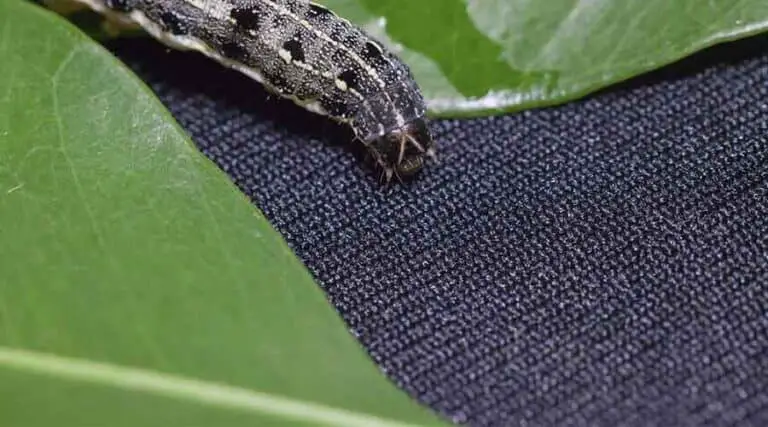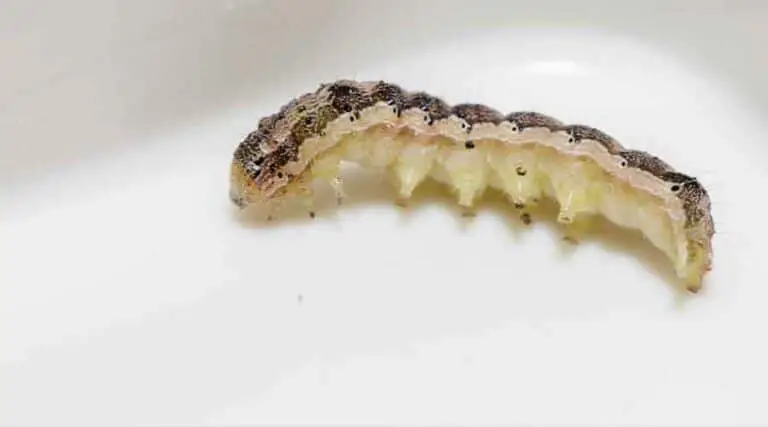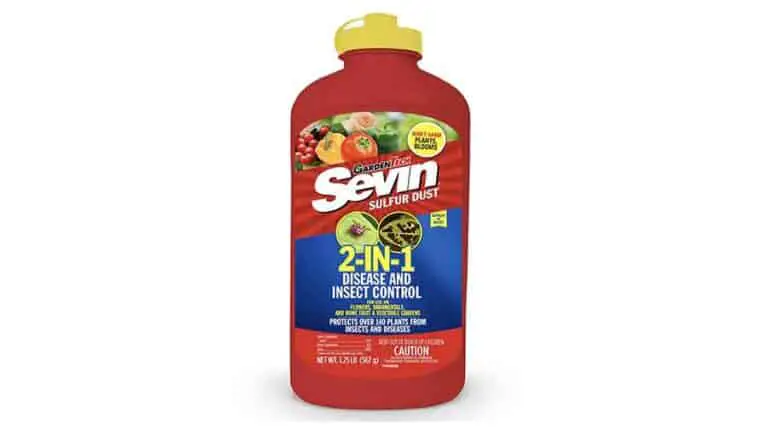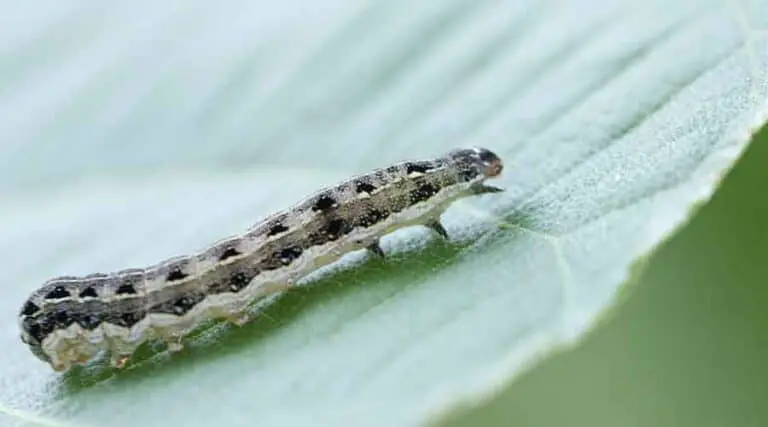Do Cutworms Kill Grass: Uncovering the Truth
Cutworms are a group of nocturnal caterpillars that feed on a variety of plants, including grass. These pests are known for their destructive nature, as they can cause significant damage to gardens and lawns, especially during their larval stage. In some cases, they have been found to attack grass, leading to concerns about whether cutworms can ultimately kill grass.
There are several species of cutworms, each with varying levels of threat to grass and other plants. For example, the black cutworm is one species that has been known to cause damage to grass in some instances. These caterpillars typically feed on the stems of plants at night, severing their connection to the root system and causing the plant to wither or die. When it comes to grass, cutworms may eat the leaves and stems, affecting the overall health of the lawn.
While cutworms are certainly capable of causing damage to grass, their impact may vary depending on factors such as the species of cutworm, the specific type of grass, and the extent of the infestation. For homeowners and gardeners looking to protect their lawns, it’s essential to properly identify the presence of cutworms and implement appropriate control measures to minimize the risk of extensive grass damage.
What Are Cutworms
Cutworms are the larval stage of nocturnal moths belonging to the family Noctuidae. These caterpillars primarily feed on plant stems and leaves, often causing significant damage to crops, gardens, and lawns. Although they do not entirely kill the grass, their feeding habits can result in uneven and patchy growth, making the lawn unsightly.
Life Cycle
The life cycle of cutworms has four stages: egg, larva, pupa, and adult moth. The female moths lay their eggs on the leaves or stems of plants, often among grasses and weeds. The eggs then hatch into larvae, the cutworms, which start feeding on the plants. The larvae will feed continually, growing and molting multiple times.
After several weeks, the larvae will pupate in the soil by spinning a cocoon. They will then transform into adult moths and emerge from the cocoon. Adult moths are nocturnal, meaning they are active during the night, and are responsible for mating and laying eggs.
Types of Cutworms
There are several types of cutworms that can be found in lawns and gardens. Some common ones include:
- Black cutworms (Agrotis ipsilon): These are dark-colored larvae with a greasy appearance, and they primarily feed on turfgrass and corn plants.
- Variegated cutworms (Peridroma saucia): These caterpillars have a brownish color with light and dark stripes and prefer feeding on a variety of plants, including vegetables and ornamental plants.
- Army cutworms (Euxoa auxiliaris): These cutworms have a greenish-brown color with faint dark markings and are known for damaging wheat, alfalfa, and grasslands.
Each of these types of cutworms has a slightly different feeding pattern and preference, but all can cause damage to grass and other plants. Implementing proper lawn care and management practices, such as maintaining healthy soil and avoiding overwatering, can reduce the risk of cutworm infestations.
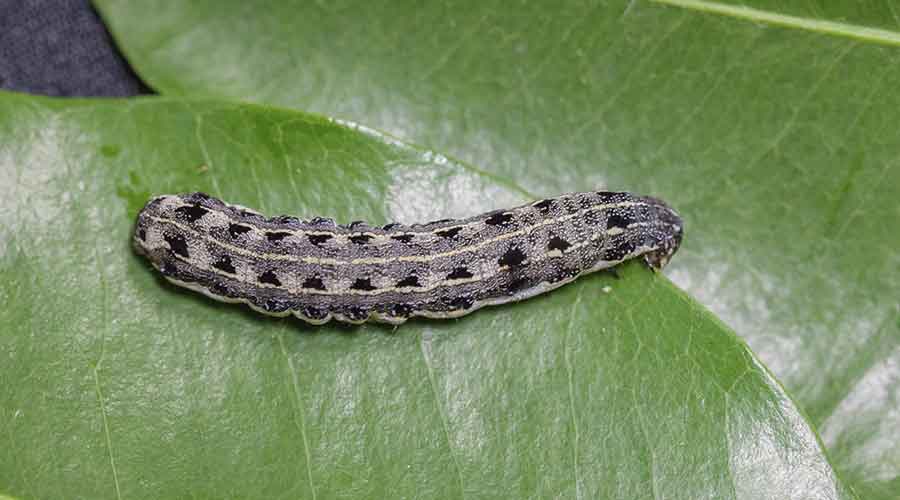
Do Cutworms Kill Grass
Cutworms are the larvae of various species of noctuid moths, and they are known to cause damage to turfgrass and other plants. The damage occurs as the cutworms feed on the grass stems at or just below the soil surface, which can result in patches of dead grass on lawns, golf courses, and other areas.
Some common species of cutworms that attack turfgrass include the black cutworm (Agrotis ipsilon) and the Japanese beetle (Popillia japonica) [^1^]. These pests can regulate cutworm populations at innocuous levels in lawns, golf roughs, and similar areas [^2^]. However, severe infestations can lead to significant damage.
There are several methods employed to control cutworm populations and minimize their damages:
- Cultural practices: Proper lawn care techniques, such as regular mowing and adequate watering, can help reduce cutworm damage. Healthy grass is less susceptible to damage from cutworms.
- Biological control: Beneficial insects, such as parasitic wasps and ants, can be effective predators of cutworm eggs and larvae, keeping their populations under control [^3^].
- Chemical control: Insecticides can be applied to the affected areas if infestations are severe. It is essential to follow the product label instructions for proper application and safety.
It is also essential to monitor your lawn regularly for signs of cutworm damage, such as irregular patches of dead or wilted grass. Early detection can allow for more effective control measures and minimize long-term damage to your lawn.
Damage Caused by Cutworms
Cutworms are a group of moth larvae that feed on various plants, including grass. These pests can damage lawns, golf courses, and other areas where grass is a crucial part of the landscape.
Grass Damage
When cutworms feed on grass, they typically attack the stems and leaves at or near the soil surface. This can result in irregular patches of dead or yellowed grass, which can be unsightly and lead to thinning of the turf. In some cases, cutworms can also cause significant damage to golf greens, as mentioned in a study on ant predation.
Controlling cutworm populations can help limit the damage they cause to grass, and one of the methods is the removal of eggs through mowing. A research on oviposition of black cutworm indicated that more cutworm eggs are found near the soil surface in unmowed plots compared to mowed plots.
Other Plants Affected
While grass is a common target, cutworms are also known to feed on various other plants. Examples include:
- Vegetables: such as tomatoes, peppers, and cabbage
- Flowers: including marigolds, sunflowers, and petunias
- Crops: like corn, soybeans, and wheat
Cutworms can cause damage by cutting off young seedlings at their base, as well as feeding on the leaves and stems of more established plants. Selecting pest-resistant plant varieties and implementing various cultural and biological control methods can help in managing cutworm populations and reducing the damage they cause to plants.
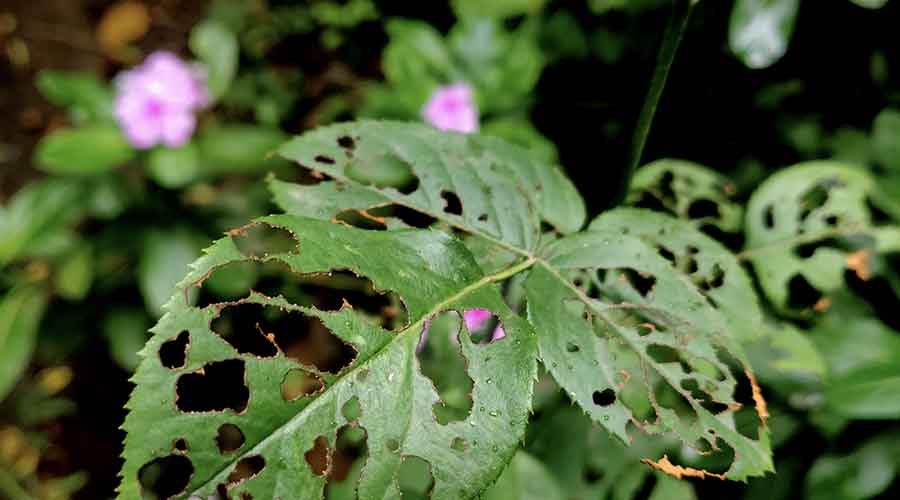
Preventing and Controlling Cutworms
Cultural Practices
To prevent cutworms from damaging your turfgrass, you can adopt several cultural practices. Maintaining proper lawn care is essential for preventing cutworm infestations. Some of the practices include:
- Mowing your lawn at the recommended height for your grass species
- Ensuring your lawn has adequate drainage
- Watering your grass during dry periods
- Removing weeds from your lawn
Implementing these practices can also help keep cutworm populations in check and maintain a healthy, vibrant lawn.
Chemical Control
If cutworm infestations become severe or persistent, chemical control methods can be an effective option. In some cases, insecticides, applied at the right time, can significantly reduce cutworm populations and turfgrass damage. For example, applying an insecticide with active ingredients known to prevent grub control in early July has shown effectiveness against cutworms (found in this study). However, it is essential to use these chemicals according to their label instructions and consider the impact on the environment.
Biological Control
Alternatively, biological control methods are also available for managing cutworm populations. One option is using naturally occurring baculovirus, which specifically targets early instar black cutworms. This type of control is environmentally friendly and does not harm other organisms in the ecosystem (as shown in this research). Another potential biological control method is ant predation, as ants have been reported to attack and kill cutworms (mentioned here), helping to keep their populations low in turfgrass.
Conclusion
Cutworms are known for the damage they can cause to various plants, including turfgrass. However, their impact can vary depending on different factors such as the cutworm species and specific grass involved. Based on the information available, it is evident that cutworms can potentially harm grass, but the severity might not always lead to the grass being killed.
Although there have been studies related to cutworms and their effects on grass, such as the effect of a chitin-synthesis-inhibiting turfgrass fungicide on black cutworm susceptibility, a definitive conclusion about their ability to kill grass is not readily available. Nevertheless, it is important to monitor the presence of these pests and take appropriate measures to prevent damage to turfgrass or other plants.
To mitigate the impact of cutworms, effective control strategies are essential. This may include the use of appropriate pesticides, implementing beneficial nematodes, or employing cultural practices to discourage cutworms from laying eggs near grassy areas. Furthermore, maintaining optimal grass health can also help in reducing the vulnerability of turfgrass to cutworm attacks.
In summary, while cutworms have the potential to harm grass, it is necessary to observe the specific circumstances and implement proper management practices to minimize their impact.


